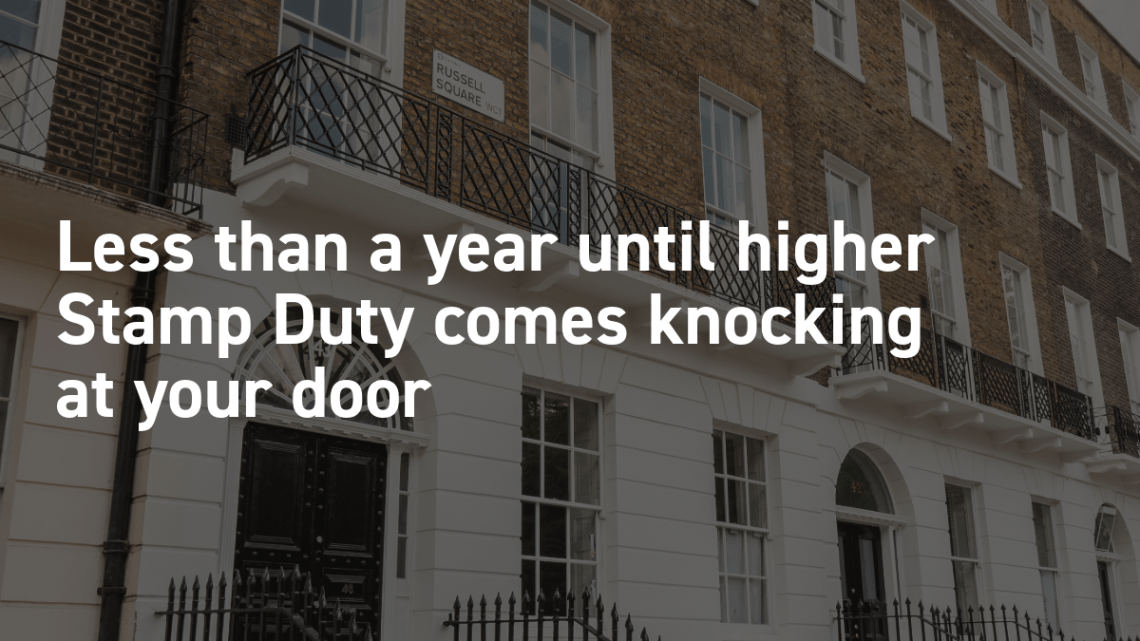
The cost-of-living crisis and higher mortgage rates suppressed demand in the housing market last year; however, with interest rate cuts and one year until additional Stamp Duty Land Tax (SDLT) charges are introduced, we are seeing a rise in the number of buyers hunting for a new home.
Stevie Heafford, Tax Partner at HW Fisher outlines the changes to SDLT coming up in the next year.
New rates of SDLT will apply from 31 March 2025. The 0% rate band will be halved, and a new 2% band introduced for properties between £125,001 and £250,000. Currently, properties in that price bracket do not have to pay SDLT.
For a homebuyer, excluding first-time buyers, acquiring a house for £350,000, this change will give rise to an SDLT bill of £7,500 – an increase of £2,500 over the current residential rates. The same increase will apply to all purchases in excess of £250,000.
| Property Value | Standard Residential Rates Current | Standard Residential Rates from 31 March 2025 |
| £0 – £125,000 | 0% | 0% |
| £125,001 – £250,000 | 0% | 2% |
| £250,001 – £925,000 | 5% | 5% |
| £925,001 – £1,500,000 | 10% | 10% |
| £1,500,000 + | 12% | 12% |
There is a similar pain for first time buyers, where the nil-rate threshold will reduce to £300,000, and the maximum purchase price fall to £500,000.
For a first-time buyer purchasing a house for more than £425,000, they will be worse off by £6,250 with further pain for purchases of more than £500,000. With the average house price in London standing at £730,885, Londoners’ pockets will need to deepen significantly to be able to afford their first home.
| Property Value | First Time Buyer Rate Current | First Time Buyer Rate from 31 March 2025 |
| £0 – £300,000 | 0% | 0% |
| £300,001 – £425,000 | 0% | 5% |
| £425,001 – £500,000 | 5% | 5% |
| £500,001 – £625,000 | 5% | No relief standard rates |
| Over £625,001 | No relief standard rates | No relief standard rates |
Changes to Multiple Dwellings Relief
In addition to these changes on single residences, the recent Budget contained further SDLT changes with the abolishment of Multiple Dwellings Relief (MDR) from 1 June 2024.
By calculating SDLT on an average basis rather than applying the rate bands to the gross consideration, the MDR allowed purchasers of two or more dwellings in a single transaction or number of linked transactions to pay less SDLT overall.
The relief was introduced in 2011 to boost investment in the private rental market. However, the Chancellor said during the Budget that there has been no real evidence that this has worked, and that the relief had been abused.
The abolition of the relief is expected to raise a considerable sum for the Treasury, estimated to be around £385 million per year, but industry professionals fear that the abolition of the relief will have unintended consequences.
The British Property Federation, amongst others, have suggested that the result of the measure will be that fewer homes will be built, and this will have a detrimental effect on the construction industry.
Whilst purchases of six or more properties can still apply the commercial rates of SDLT there will be a significant impact on those investors who would typically purchase fewer units.
If you would be interested in receiving tailored property tax advice from Stevie, you can get in touch here.
We’d love to hear from you. To book an appointment or to find out more about our services: